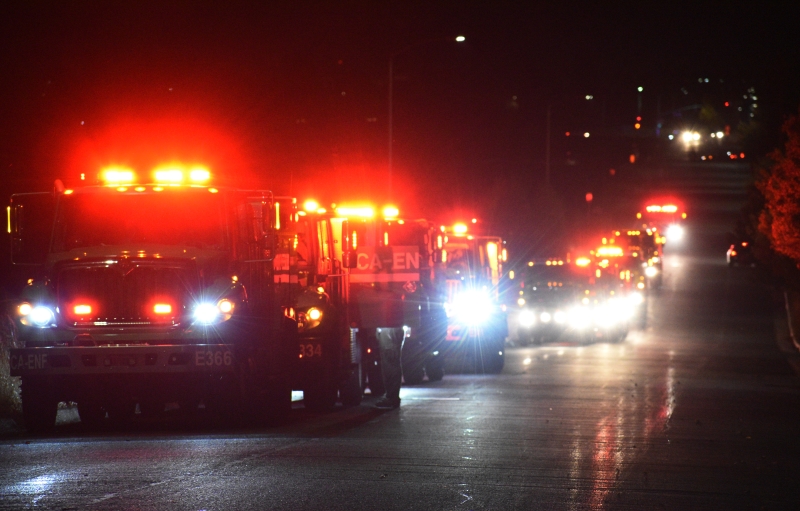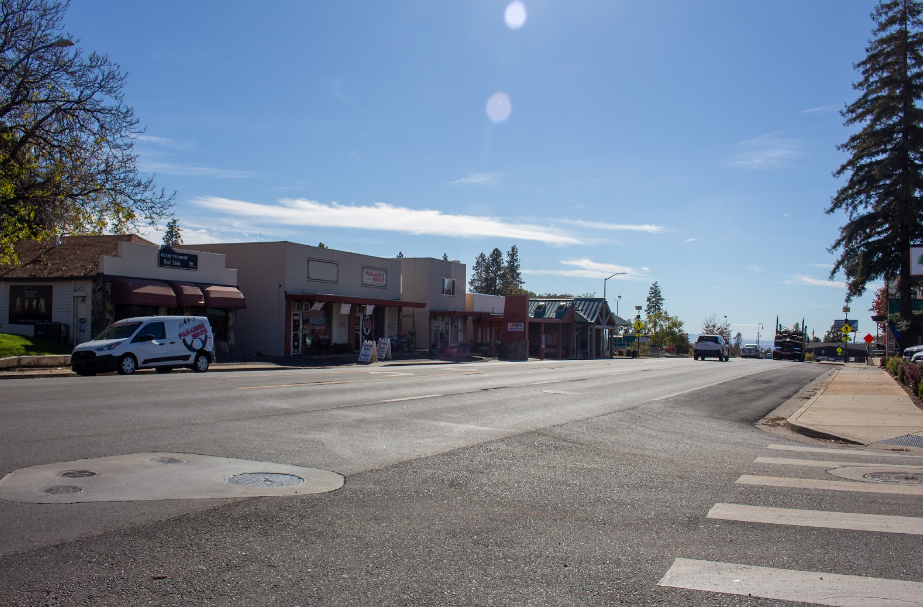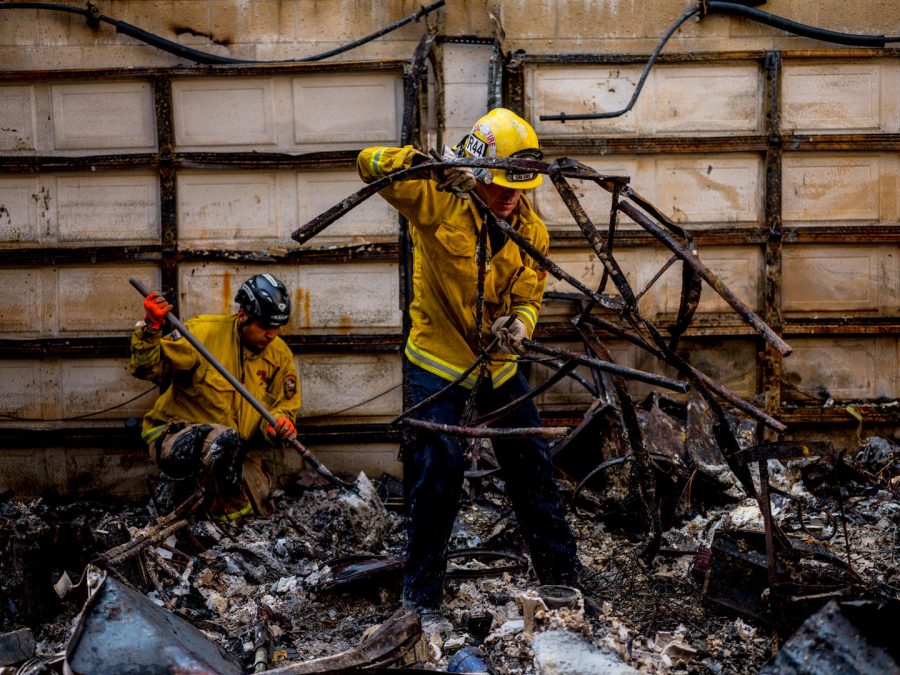
As classes commence and syllabuses are passed out to the masses, students begin the mad dash to get their required textbooks as quickly as they can, at the lowest price.
Since 1979, textbook prices have increased 812 percent, a larger increase than both medical services and new homes in the same time frame. Due to these ever-rising costs, many students wait to see if they’ll really need the book before spending a small fortune to get it.
For new textbooks, prices can be as high as $200 per book. For students taking a full course load and needing multiple books, the costs can add up.
The high cost is due to a small number of publishers in the market. In a small market, there’s less competition, causing prices to rise. Publishers also keep releasing new editions of textbooks, each with a higher price tag.
While textbooks are costly, it is impossible to gain the necessary knowledge from a class without the required book. Professors assign readings that relate directly to the material they’re covering and without these readings, students are missing a core piece of the class.
When students don’t have access to these texts, it’s impossible for them to gain the required information for the course, and therefore, impossible to pass the class. Stephen Lewis, professor and chair of the history department, places the required textbooks for his classes on reserve at the library. This can be a possible alternative for students who cannot afford to buy their books.

“When I was in college, I was a work-study student,” Lewis said. “I spent a lot of time in the reserve room of the library. It’s not ideal, but determined students can usually find a way to get the texts in a history class.”
For Lewis’ upper division history classes, he requires four to five books. However, these texts are not the traditional expensive textbooks used in other departments.
“In my HIST 382/LAST 350 Modern Mexico class this fall, students can buy all four books for about $75,” he said. “And they can sell back the books when they’re done.”
The bookstore on campus offers students the option to return or exchange their textbooks, which can offset the high costs students face.
Sarah Foisey, director of the Chico State Wildcat Store, says that the bookstore works hard to keep their prices competitive.
“We help students save on textbooks by offering choices like rental, digital and the largest selection of used books in the industry,” Foisey said.
Online retailers can also be a convenient option among the college community. The following websites offer students up to 90 percent discounts on new, used and rental textbooks:
- BookRenter (free shipping both ways)
- Chegg
- TextbookRentals (allows students to compare prices across the web)
- Amazon
- Barnes and Noble
While online retailers are gaining popularity, Foisey says the bookstore’s sales have not been significantly affected. This is possibly due to the convenience of having a fully-stocked retailer only a short walk from your dorm room, she said.
This semester, the bookstore is carrying more than 1,900 unique titles, along with other supplies students require, all in an easily accessible location.
“We strive to provide a hassle-free shopping experience with quick access to the right products at the right time,” Foisey said.
While textbook prices can be intimidating, there’s hope for future college students. According to a spring 2015 study done by Student Watch, the average annual spending for course materials has dropped from $701 in the 2007-2008 academic year to $563 in the 2014-2015 academic year.
The study shows a steady decrease that students can only hope continues in the coming years.
Although the high prices of many textbooks can’t be avoided, students can rest easy knowing that buying them gets them one step closer to passing their classes and saving the money it would cost to retake them, Foisey said.
“What value is a Chico State diploma if students can pass without getting the required texts?” Lewis said.
Taylor Hovey can be reached at [email protected] or @ahmazingtaylor on Twitter.









